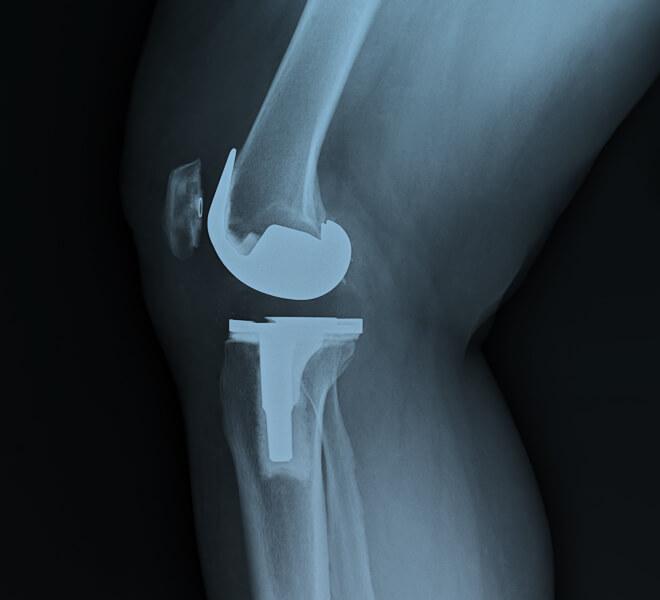What is BPPV?

Benign Paroxysmal Positional Vertigo is the most common cause of vertigo. It is thought to arise due to displacement of otoconia (small crystals of calcium carbonate) located in the inner ear.
Changes in head position can be a trigger for BPPV. The posterior canal is the most commonly affected site.
In patients with BPPV it is thought the otoconia are displaced from their usual position and relocate to the semicircular canals (most commonly the posterior canal). A mismatch between left and right vestibular systems lead to a sensation of vertigo.
Provocative activities can include:
- Rolling over in bed
- Getting in and out of bed
- Looking up
- Bending down
- Sudden head motion
Physiotherapists are trained to treat BPPV.
Your physiotherapist can take you through a series of head movements to determine which ear is affected. Once you’ve been assessed your physiotherapist can choose the right treatment manoeuvre to shift the crystals out of the ear canal into their usual position. Usually one treatment session resolves most symptoms.



